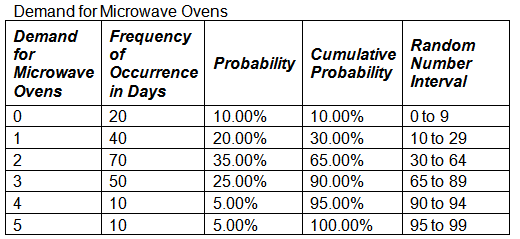Wrongful Interference. In 1963, Pacific Gas and Electric Co (PG&E) entered into a contract with the Placer County Water Agency (Agency) under which PG&E would purchase hydroelectric power from the Agency. The contract provided that the agreement would
terminate in the year 2013 or at the end of the year in which the Agency completed the retirement of its project bonds, whichever occurred first. As energy prices rose, the Agency wished it could terminate the contract and sell its hydroelectric power in a more favorable market, but it felt it could not do so without breaching its contract with PG&E. Bear Stearns & Co, an investment brokerage firm, approached the Agency and spent several years overcoming the Agency's resistance to making any effort to terminate the contract. Finally it succeeded, and in 1983 the Agency entered into an agreement with Bear Stearns in which Bear Stearns agreed to pay for legal, engineering, and marketing studies on the feasibility of terminating the power contract, in return for 15 percent of any resulting increase in the Agency's revenues above $2.5 million for twenty years. Bear Stearns retained legal counsel to draw up a plan by which the Agency could retire its project bonds and to litigate the question of whether the Agency could terminate the contract. PG&E sued Bear Stearns for tortious interference with PG&E's contract with the Agency. What will the court decide? Explain.
Wrongful interference
The Supreme Court of California held that there had been no disruption of the PG&E-Agency contract as a result of Bear Stearns' activities. Bear Stearns was assisting Agency in obtaining a legal determination as to whether Agency could legally terminate its contract with PG&E under the contract's own terms, not inducing Agency to breach the contract. The essential question before the court was thus whether inducing a third party to bring litigation on a colorable claim could be the basis for tort liability for wrongful interference with a contractual relationship. A deciding factor in the court's decision was the constitutional right of free access to the courts. Agency, with Bear Stearns' assistance, wished to petition the court for a judicial determination of its rights under its contract with PG&E. This, the court determined, Agency had a constitutional right to do. But did a third party, such as Bear Stearns, have a right to induce Agency to submit such a petition? The court held that it did. In the court's view, there was "no public policy against the funding of litigation by outsiders. If any person who induced another to bring a lawsuit involving a colorable claim could be liable in tort, free access to the courts could be choked off with an assiduous search for unnamed parties." The court found that PG&E was trying to enjoin Bear Stearns from further participation in the lawsuit so as to avert an adverse judgment. Essentially, the court stated, PG&E was trying "to abort the lawsuit by starving the litigant of funds." The court concluded that PG&E had not stated a cause of action for intentional interference with a contractual relationship.
You might also like to view...
Last year Janis Company had a net income of $290,000, income tax expense of $58,000, and interest expense of $20,000. The company's times interest earned was closest to:
A) 15.5 times B) 10.6 times C) 18.4 times D) 14.5 times
Which one of the following is not a strength of transnational strategies?
A. ability to adapt to local markets B. ability to decrease knowledge flows and learning C. ability to attain economies of scale D. ability to locate activities in optimal locations
Consider the Demand for Microwave Ovens dataset. What is the total demand corresponding to random numbers 69, 29, 56, 8, 83, and 55?

a. 8
b. 9
c. 10
d. 11
If Ficker’s client was harmed by the communication breakdown, then why did the Court find no violation here?
What will be an ideal response?